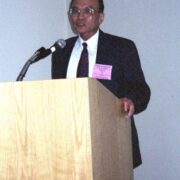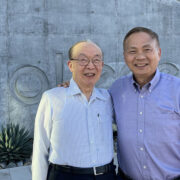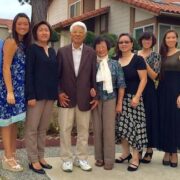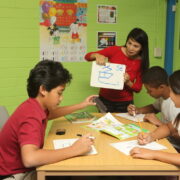The life & thought of Soren Kierkegaard
Timothy Tian Min Lin
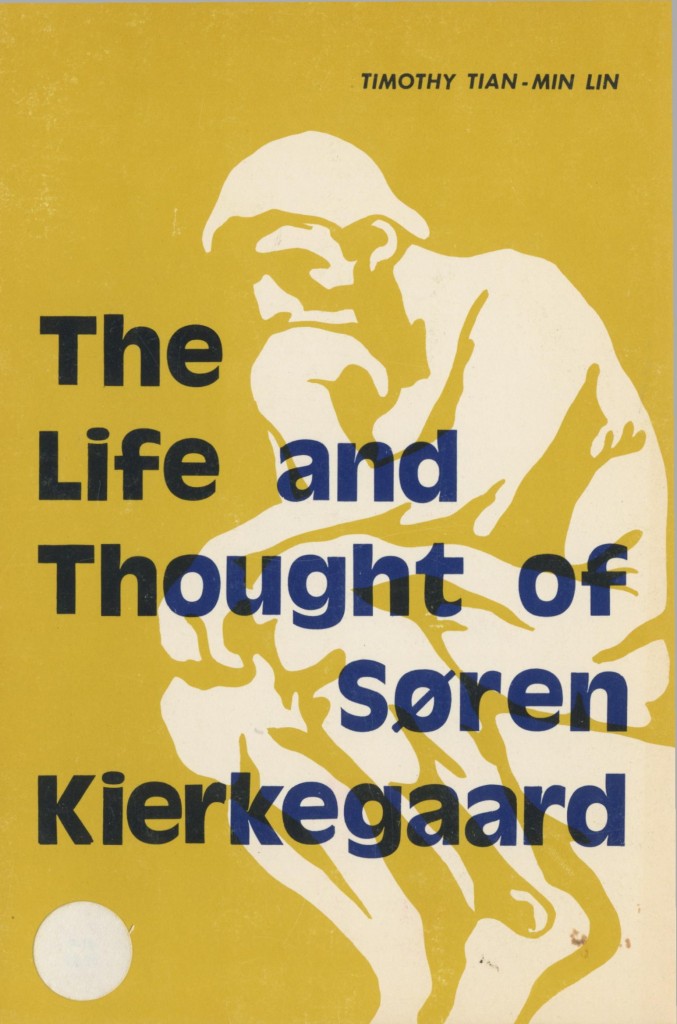 Although Kierkegaard lived in the nineteenth century, he belongs more to the twentieth century in terms of the influence of his life and writings. His contributions to existentialism and contemporary religious thought are so immense that he has become one of the most popular thinkers to be studied in modem times.
Although Kierkegaard lived in the nineteenth century, he belongs more to the twentieth century in terms of the influence of his life and writings. His contributions to existentialism and contemporary religious thought are so immense that he has become one of the most popular thinkers to be studied in modem times.
This book is intended to introduce laymen as well as students of religion and of philosophy to an understanding and appreciation of Kierkegaard’s life and thought. Kierkegaard’s thought has often been misinterpreted and identified with irrationalism. This misunderstanding is unfortunate, for it prevents us from seeing the profound significance of Kierkegaard’s thought. Hence, there is a necessity to reexamine his thought. •
In order to understand Kierkegaard’s thought one must not ignore his life, for both are intimately related. In reading the writings of Kierkegaard one finds that the term paradox appears almost countless times. The writer is convinced that paradox is a key to the understanding of Kierkegaard’s life and thought, and therefore the term is carefully examined. Here readers must be reminded that Kierkegaards usage of the term paradox is different from our common usage as stated in the dictionary.
Timothy Tian-min Lin
ABOUT THE AUTHOR
Timothy Tian-min Lin is an assistant professor in the Philosophy
Department at Indiana University of Pennsylvania. Formerly he taught at Tougaloo College. He holds degrees from National Taiwan University (B.A.), Yale University (B.D. and S.T.M.), and Boston University (Ph.D.).
Dr. Lin is the author of Readings in the World s Living Religions. His articles and reviews have been published in The Journal of Religious Thought, The Southern Journal of Philosophy, The North-east Asia Journal of Theology,Ching Feng: Quarterly Notes on Christianity and Chinese Religion and Culture, Religious Educa¬tion, and Journal of the American Academy of Religion.

